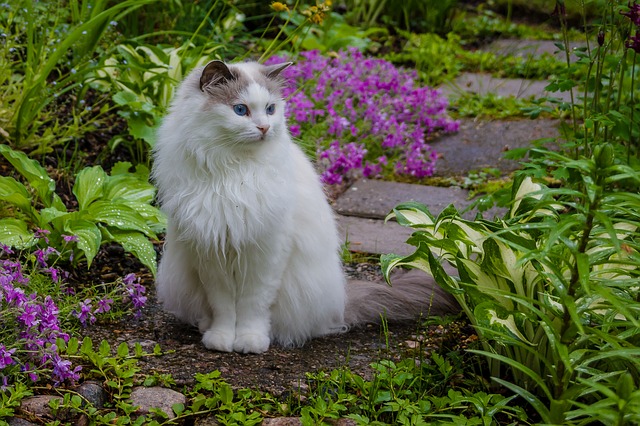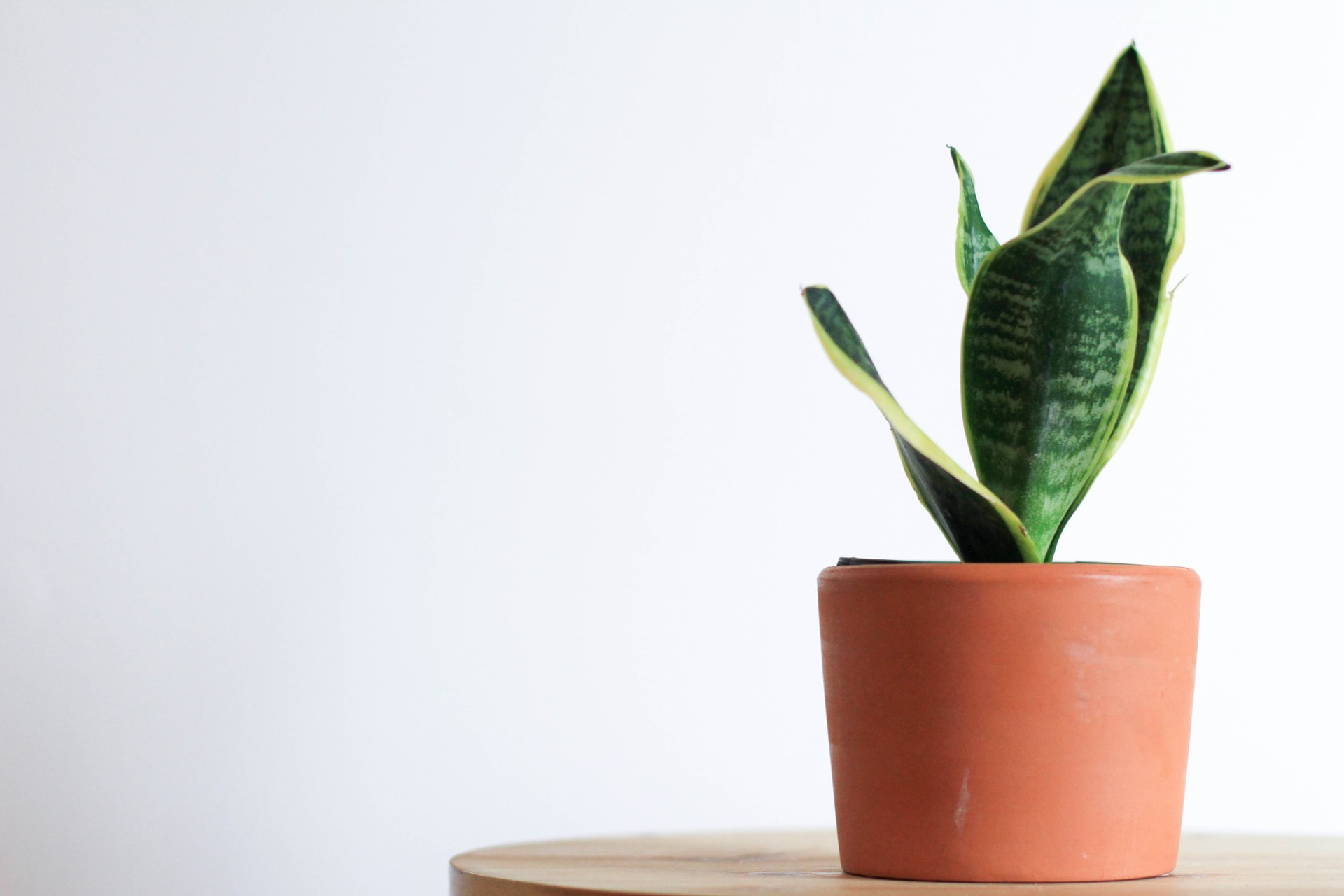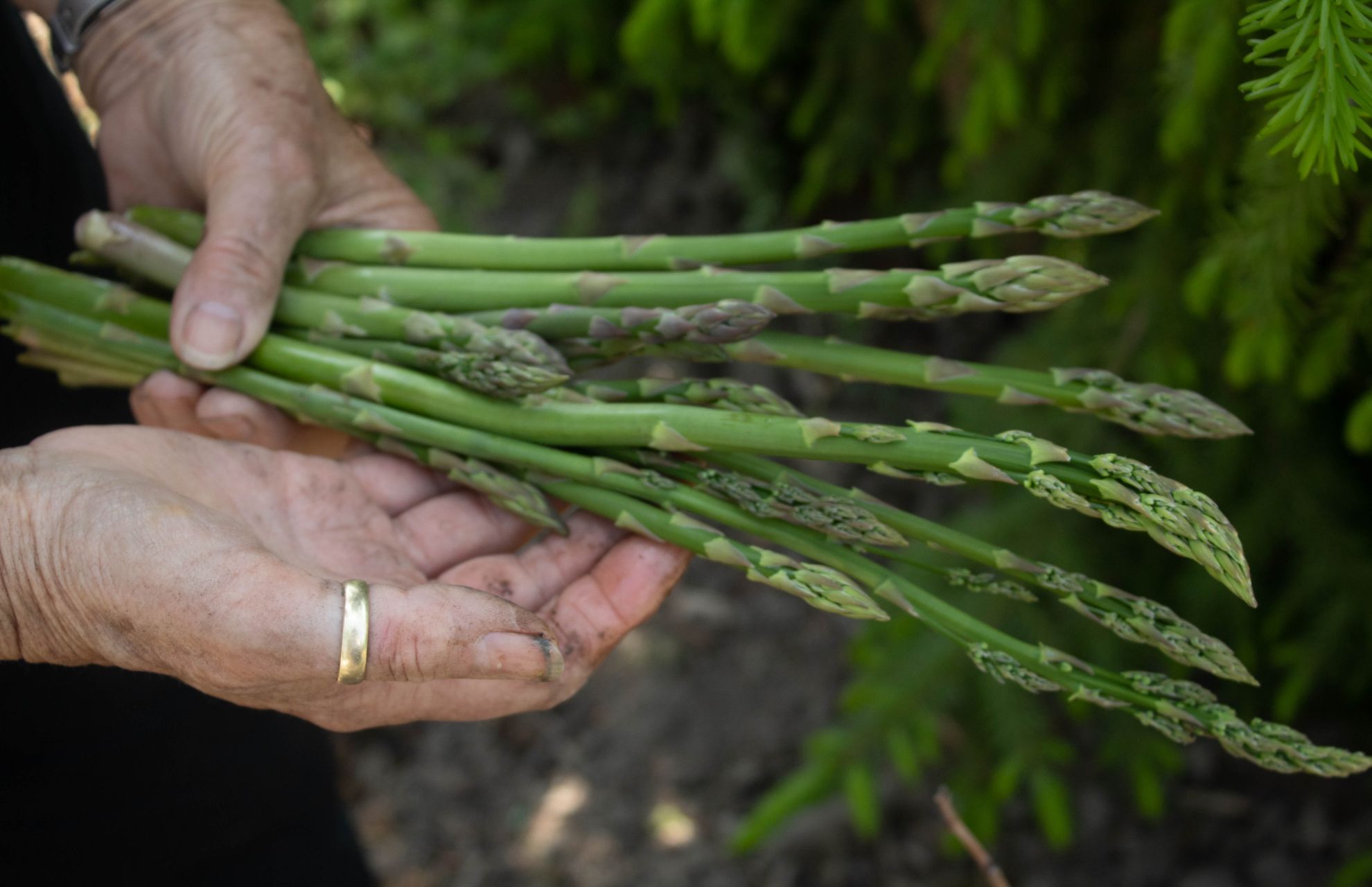Many people are concerned about the toxicity of bromeliad plants to cats. The answer is no. Bromeliad plants are non-toxic to cats.
Bromeliads are tropical plants with over 3940 species that are recognized for their unique leaves, suppleness, and simplicity of maintenance. Bromeliads, with their vibrant colors and interesting textures, may give your area a tropical feel.
Ananas, Billbergia, Guzmania, Tillandsia, and Cryptanthus are among the most prevalent. Bromeliads are non-toxic to cats, but if eaten in large quantities, they might cause vomiting or diarrhea. Your cat is unlikely to consume your houseplants if you provide nutritious food and plenty of cat toys, however, he or she may nibble on a leaf or stem.
- What Is Bromeliad?
- Are Bromeliads Toxic to Cats?
- Is It Safe For Pets To Eat Bromeliad Plants?
- What Are The Toxic Or Poisonous Parts Of The Bromeliad Plant?
- How To Protect Your Bromeliads From Your Cats?
- Symptoms And Signs Of Poisoning
- When To See The Vet?
- How Should I Care For Bromeliad Plants?
- What Houseplants Can Be Poisonous To Pets?
- How Can You Prevent Your Pet From Eating Your Houseplants?
- Conclusion
What Is Bromeliad?
A bromeliad is any member of the 3590 species and 75 genera of the Bromeliaceae family.
It is possible to store water in the structure that many bromeliads’ densely overlapping leaf bases create. The family includes the tank bromeliads, a few desert-dwelling succulents, and Tillandsia species with grey leaves and trichome-only water collection.
The plant species known as bromeliads can grow in a range of temperatures. Foliage can be needle-thin to broad and flat, symmetrical to asymmetrical, and spiky to gentle. These are just a few of the shapes and sizes that it can take.
The foliage, which forms a rosette and has a variety of patterns and hues, grows in a rosette. With varying hues of green in between, the leaves colors range from maroon to gold.
Different varieties may have leaves that are cream, red, yellow, white, or other colors. Others have spots that are purple, scarlet, or cream, while still others have tops and bottoms of various colors. Some species, like Tillandsia cyanea, have a clove-like scent.
The natural habitats of plants in the Bromeliaceae family can be found all over the Americas. The Pitcairnia Feliciana species is one that can be found in Africa.
They can be found in environments ranging from deserts to rainforests, and at elevations between sea level and 4200 meters.
The 1814 species include 1814 epiphytes, lithophytes, and terrestrial species. These plants are consequently found in the Andean highlands, from northern Chile to Colombia, in the Sechura Desert of coastal Peru, in the cloud forests of Central and South America, as well as in the southern United States, from southern Virginia to Florida to Texas and in far southern Arizona.
Are Bromeliads Toxic to Cats?
Cats are not poisoned by bromeliad plants. The American Society for the Prevention of Cruelty to Animals (ASPCA) lists bromeliad plants as non-toxic.
The bromeliad family of houseplants is completely safe for cats and dogs. Cat owners can exhale a sigh of comfort since their feline buddies occasionally munch on houseplants or grass. Despite the fact that the plant is non-toxic to cats and other pets, you must exercise caution to keep your kittens away from the plants.
Cats frequently eat bromeliad leaves, which, while not deadly, might make them unwell if the cat is allergic to the plant. Otherwise, they may choke on the leaves, resulting in a serious situation such as asphyxia.
Although there are numerous bromeliad species, none of them are toxic or hazardous to people, cats, dogs, or other common indoor pets.
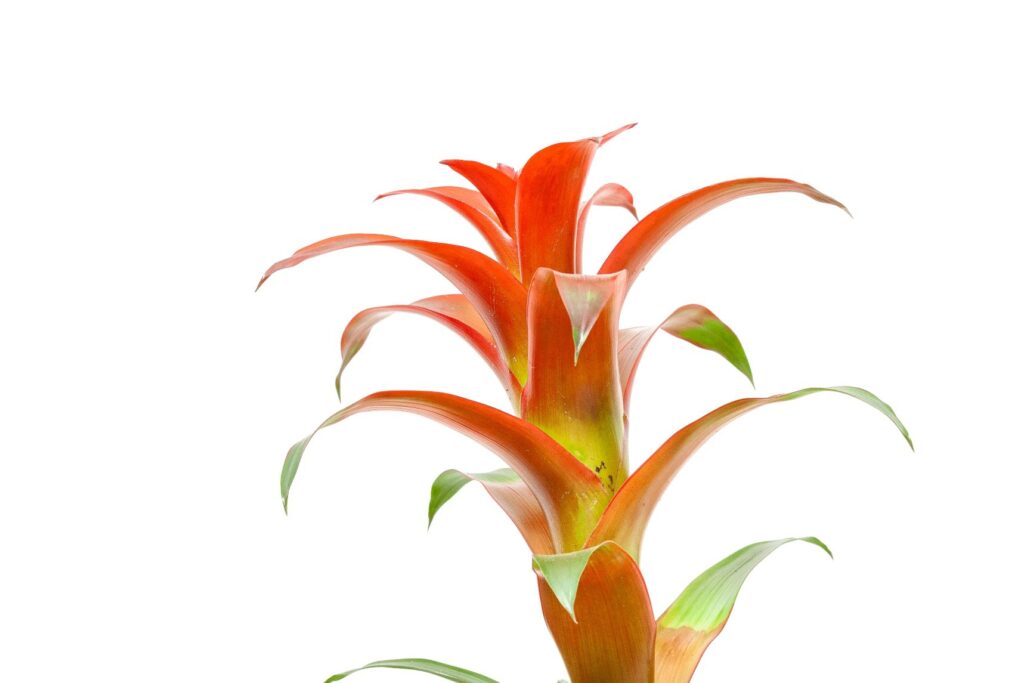
Choking on the leaves might cause hypoxia in your pet, which could be fatal. If you notice your pet has eaten a significant portion of your bromeliad plant, contact your veterinarian right once.
Is It Safe For Pets To Eat Bromeliad Plants?
Even though bromeliad plants are not poisonous to cats or dogs, you shouldn’t let your pet eat them at will.
The possibility of GI upset increases when a cat consumes a lot of plant material because it can be difficult for cats to digest. Many cats will happily eat plants, so it’s up to us to make sure this isn’t becoming a habit.
You may be interested in:
- Are Fiddle Leaf Figs Toxic to Pet Cats, Dogs, or Other Animals
- Are Air Plants Toxic to Pet Cats, Dogs, or Other Animals
- Is The ZZ Plant Poisonous for Cats, Dogs, or Other Pets
- Are Venus Fly Traps Poisonous To Cats
- Are Snake Plants Toxic To Cats: 5 Ways To Avoid
- Are Rubber Plants Toxic To Cats?
- Are Jade Plants Toxic To Cats?
What Are The Toxic Or Poisonous Parts Of The Bromeliad Plant?
Any part of the bromeliad plant does not poison cats; however, these plants do. If your cat consumes any of the plant’s leaves, flowers, seeds, sap, or roots, it could experience digestive issues.
The medication may cause your cat to experience mild stomach pains, vomiting, or diarrhea. Usually, the symptoms disappear once the plant is removed from the cat’s body. It is merely the body’s reaction to novel foods.
To make sure your cat isn’t experiencing an allergic reaction, however, you should seek medical advice if symptoms worsen or continue to exist. Even though the plant is safe to eat, it is not recommended to give cats, dogs, or young children indoor house plants.
In order to help their plants grow more quickly, farmers frequently use fertilizers. Unfortunately, these fertilizers might contain dangerous chemicals, which could be dangerous. Some of the other elements are molybdenum, copper, zinc, iron, manganese, cobalt, and boron.
If you administer these chemicals in large doses to your cats, they might become poisoned. Stomach issues could result from low amounts.
How To Protect Your Bromeliads From Your Cats?
You must safeguard your bromeliads from your cats for the sake of your plant’s growth. Other issues may arise from growing and reproducing, in addition to your kitty devouring the plants and being ill.
With your pet nearby, your bromeliad pot might be in danger because cats tend to bounce around and knock things over. Furthermore, the pet rummaging into the container may uproot the bromeliad’s roots, causing the plant to die.
- Keep Bromeliads Away from Cat. Some cats can leap tremendous distances, but you can protect your Bromeliads by placing them in lofty spots. If your cat cannot reach the spot, a tiny shelf may provide some protection for your Bromeliads, however hanging baskets are the best and cheapest alternative. When hanging a basket from the ceiling, make sure to screw the hook into a stud to keep it secure.
- Use a spray bottle on your cat anytime it comes into contact with the bromeliad. Doing so on a regular basis will keep your cat away from the plant.
- Repellant sprays can also be quite useful. Simply spray your bromeliad plant, and your cat will stay away from it. However, avoid using vinegar since it will kill your plant.
- You can use pebble stones in your bromeliad container, but leave enough room for the soil to breathe. This will keep your cats from digging in your soil.
Symptoms And Signs Of Poisoning
While your cat should be fine if it consumes a bromeliad plant, other flower types might not be. It will be easier to identify the problem if you are aware of the symptoms of plant poisoning in cats. There are several ways that poisoning in cats can present itself:
- Vomiting
- Diarrhea
- Breathing difficulty
- Insomnia
- Twitches
- Body or skin swelling
- Lethargy
- Appetite problems
- Low energy levels
- Urination increases
- Thirst for water
When To See The Vet?
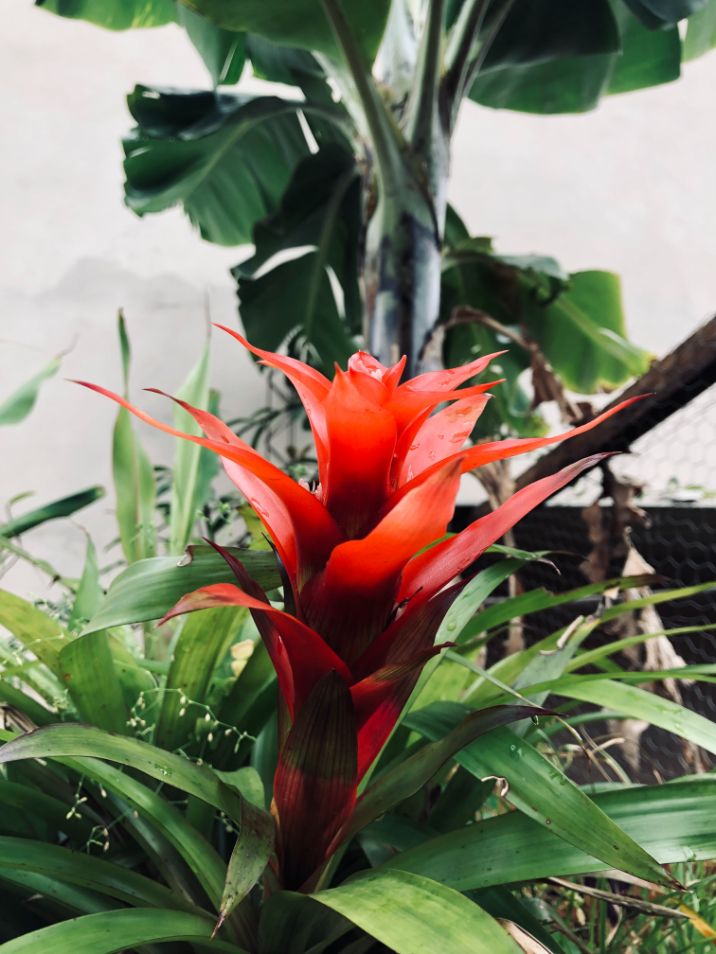
When your cat exhibits symptoms of GI distress, we advise at the very least calling your veterinarian.
Based on your cat’s symptoms, they can decide whether or not it needs to be examined and provide you with any advice you should take at home.
Our feline friends can easily become dehydrated from GI upset, so we always advise acting quickly if you notice symptoms.
How Should I Care For Bromeliad Plants?
Since they are not toxic to humans or cats, you can handle bromeliads without any safety equipment.
No protective gear is needed when transplanting, cleaning, or watering bromeliad plants because they are not poisonous or harmful.
However, it is best to exercise caution when handling fertilizer. When combining the fertilizer component with water to create a liquid solution, wear gloves and a face mask. Some people may experience skin burns from the mixture’s fumes, which can also irritate their lungs.
You may want to wear an apron or a jacket over your clothes. Both the chemicals in the fertilizer and the plant soil itself have the potential to stain your clothing.
As you mix your fertilizer and apply it to your plants, make sure you have enough ventilation. Avoid being caught in a breeze that will spread the mist. You might want to put on safety goggles or other eye protection to protect your eyes from getting the mixture in them.
What Houseplants Can Be Poisonous To Pets?
Lilies are one of the most popular indoor plants that are harmful to animals. Every single part of the lilies presents a potential health issue, even serious internal organ damage, due to how dangerous they are, especially for cats.
Dogs generally only experience minor stomach issues, so they have it a little easier.
Aloe vera is another option we have, and it is very well-liked by people. The plant’s remaining parts are poisonous to both cats and dogs even though the gel can be eaten. If consumed, it probably results in nausea, vomiting, and diarrhea.
Most people find it difficult to believe that chamomile is poisonous. However, it can induce nausea, diarrhea, and a wide range of allergic reactions if consumed. On contact, it can also result in skin reactions!
Dogs and cats cannot consume birds of paradise. The plant’s hydrocyanic acid can make people feel sick and make them throw up and have diarrhea.
Last but not least, the deadly nightshade wasn’t given that name by accident. Its effects of it include hypersalivation, a slowed nervous system, drowsiness, severe behavioral changes, and severe gastrointestinal distress.
How Can You Prevent Your Pet From Eating Your Houseplants?
Put the houseplant away from them first (which can be challenging if you have a cat). The likelihood is that they won’t feel the urge to consume a plant anymore, but in the unlikely event that they do, they won’t be able to access one.
After that, all you have to do is yell at them whenever they try to eat a plant. Both dogs and cats are capable of understanding the meaning conveyed by a particular tone of voice, and they will likely realize that they should stop eating the plant.
Dogs are undoubtedly easier to train than cats, so you’ll advance more quickly with a dog.
Conclusion
Bromeliads are a vibrant plant family with thousands of kinds, and they’re happily non-toxic to your curious feline. While bromeliads and other non-poisonous plants are fine to keep inside, any plants that your pet nibbles on should be removed. Too much plant fiber in your cat’s digestive tract can induce diarrhea or vomiting, and removing too many leaves from a chewed-up plant will cause it to droop and die. Your cat may be less inclined to eat your lovely houseplants if you feed nutritious cat grasses, a balanced diet, and frequent exercise.

